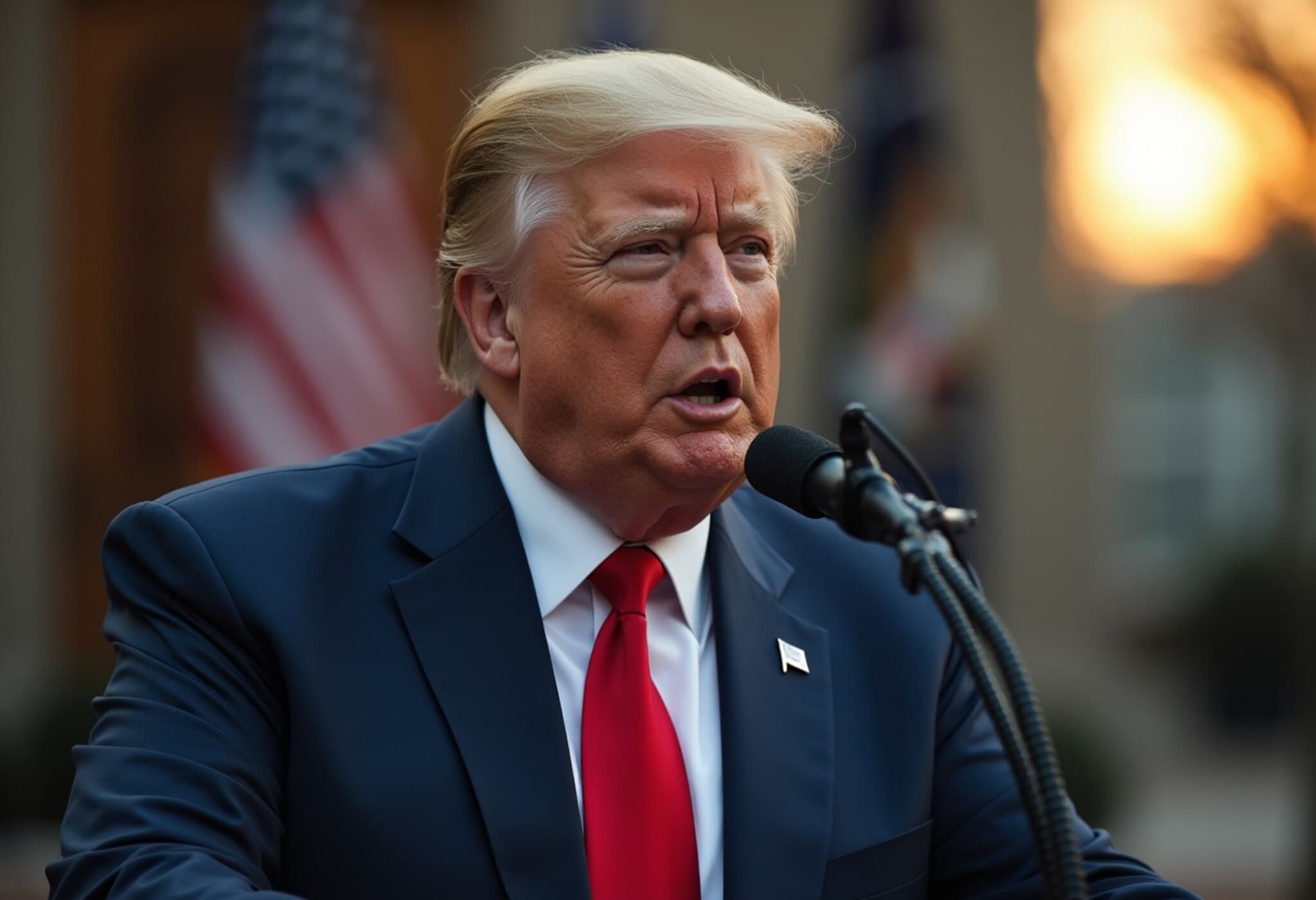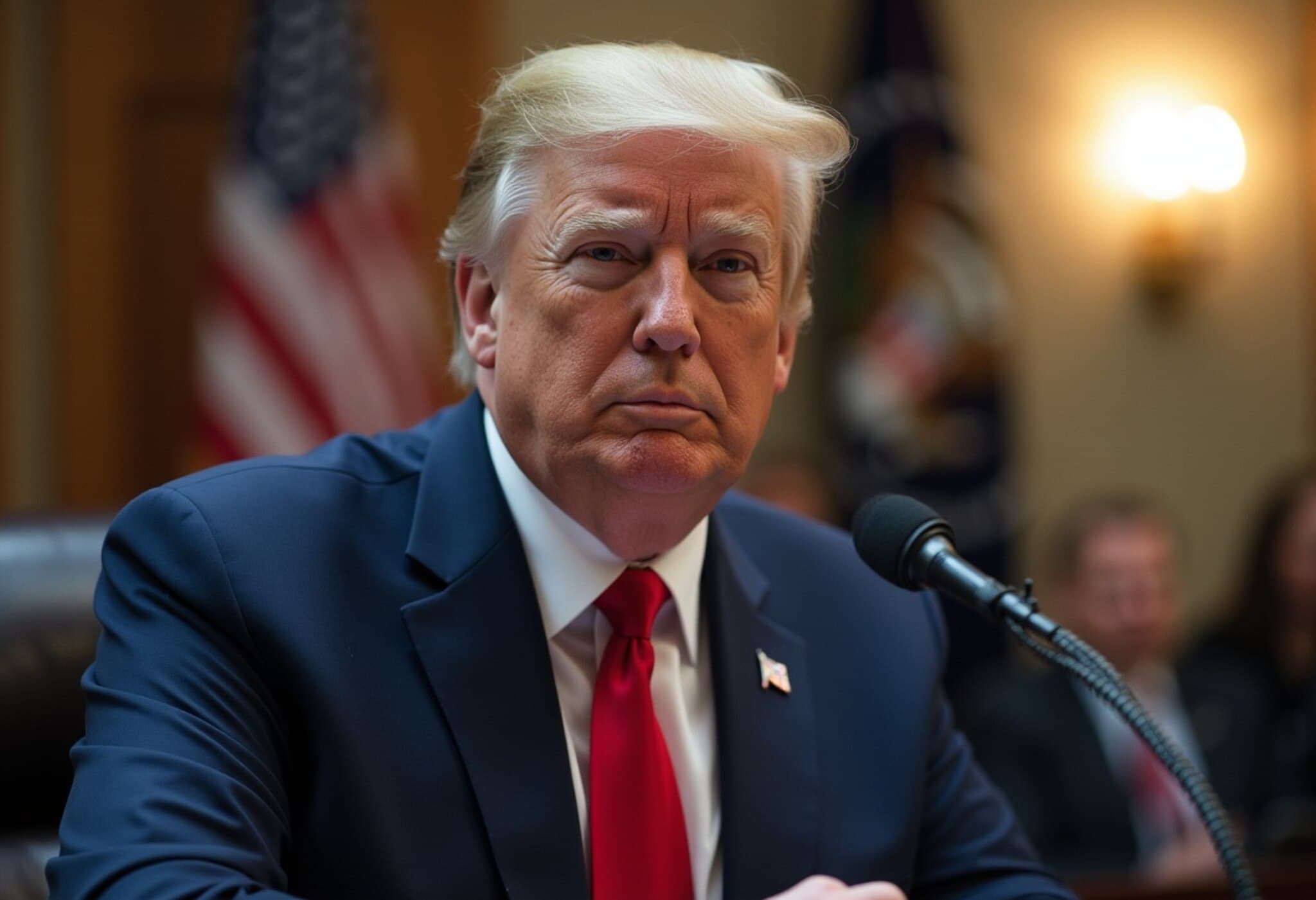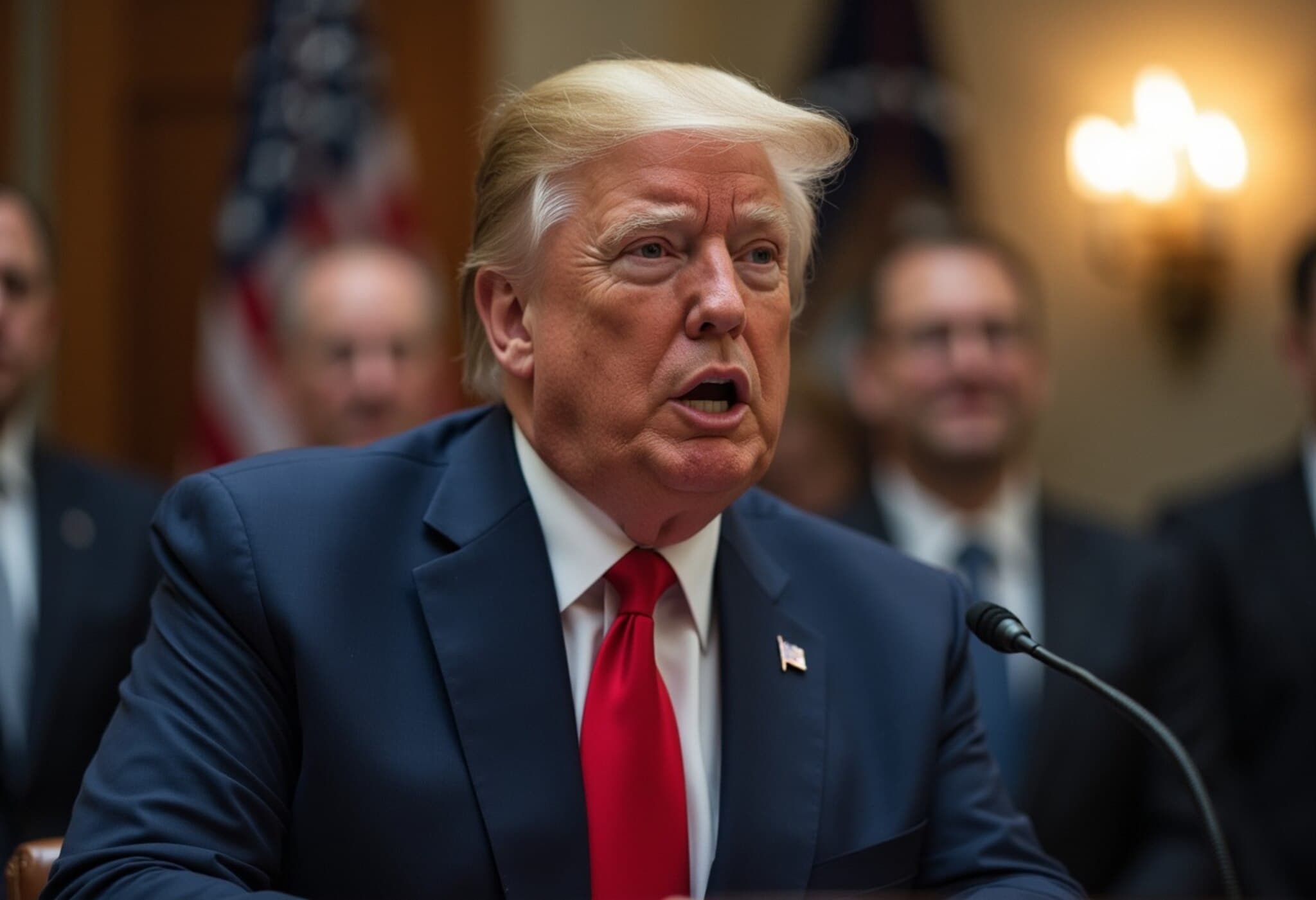Trump’s Allegations Against BLS in Focus
Former President Donald Trump has reignited controversy by accusing the Bureau of Labor Statistics (BLS) of manipulating job numbers to politically benefit his opponent. In a recent interview on CNBC, Trump alleged that the BLS, under the leadership of former Commissioner Erika McEntarfer, released fabricated employment figures during the Biden administration, only to revise them downward after he secured victory in the 2024 presidential election.
Examining the Timeline Behind the Jobs Report Revisions
Trump’s narrative suggests a politically motivated data manipulation scheme; however, a closer inspection of the BLS’s documented activities reveals a different story.
August 2024: The Major Downward Correction
In August 2024, the BLS issued a significant revision, noting that the U.S. economy had added 818,000 fewer jobs than initially reported in the year ending March 2024. Contrary to Trump’s claims, this correction occurred more than two months before the November election, during the period when then-Vice President Kamala Harris had become the Democratic nominee.
At the time, Trump himself criticized the revision publicly, accusing the administration of inflating job numbers. This revision was part of the BLS’s benchmark revision process, where employment data derived from surveys is adjusted to align with state unemployment insurance tax records—an established and necessary statistical practice.
October 2024: Slowing Job Growth Ahead of the Election
Trump also claimed “phenomenal” jobs data was released days before the election to boost Democratic chances. Contrarily, the final jobs report released on November 1, 2024, recorded a mere 12,000 jobs added in October, the smallest monthly increase in nearly four years, underscoring an economic slowdown rather than a surge.
The poor numbers were quickly politicized, with Trump using them to criticize the Biden administration’s economic performance. Subsequent revisions actually modestly increased October’s job count after the election, but these adjustments were routine and reflected factors like significant labor strikes at Boeing and U.S. ports, plus hurricane disruptions in the Southeast—external events that temporarily impacted employment data collection.
Firing of BLS Commissioner Erika McEntarfer: Political Motive or Performance Question?
Trump announced McEntarfer's immediate dismissal via social media, accusing her of distorting job figures to aid Democrats, specifically alleging manipulation to help Kamala Harris in the 2024 race.
However, officials within the Labor Department have cited concerns about delayed communication regarding data challenges at the BLS, which differ from Trump’s public accusations of political bias.
The firing coincided with fresh data showing weaker-than-expected job growth for July 2025 and subsequent downward revisions, contributing to market volatility including a drop of over 500 points in the Dow Jones Industrial Average.
Experts and Economists Weigh In
Economic analysts stress the difficulty—if not impossibility—of a commissioner single-handedly manipulating monthly employment data due to its complex, multi-source collection and transparent revision process. Government statisticians and independent economists alike emphasize that revisions are a standard, necessary aspect of refining economic measures, reflecting new data rather than political agendas.
Nonetheless, the firing has sparked widespread concern about the potential politicization of employment statistics. Reliable labor data is foundational for policy decisions, market confidence, and public trust.
What’s Next?
Trump has indicated plans to announce McEntarfer’s successor shortly. The administration’s approach to handling employment data moving forward will be scrutinized keenly by economists, policymakers, and investors eager to maintain confidence in the U.S. economy’s underlying health.
Editor’s Note
This unfolding saga highlights the vital role of transparent and accurate labor statistics in American democracy and economic governance. It raises critical questions about safeguarding data integrity against political interference. As revisions and employment numbers continue to shape narratives, discerning the truth behind the headlines becomes more essential than ever.



















